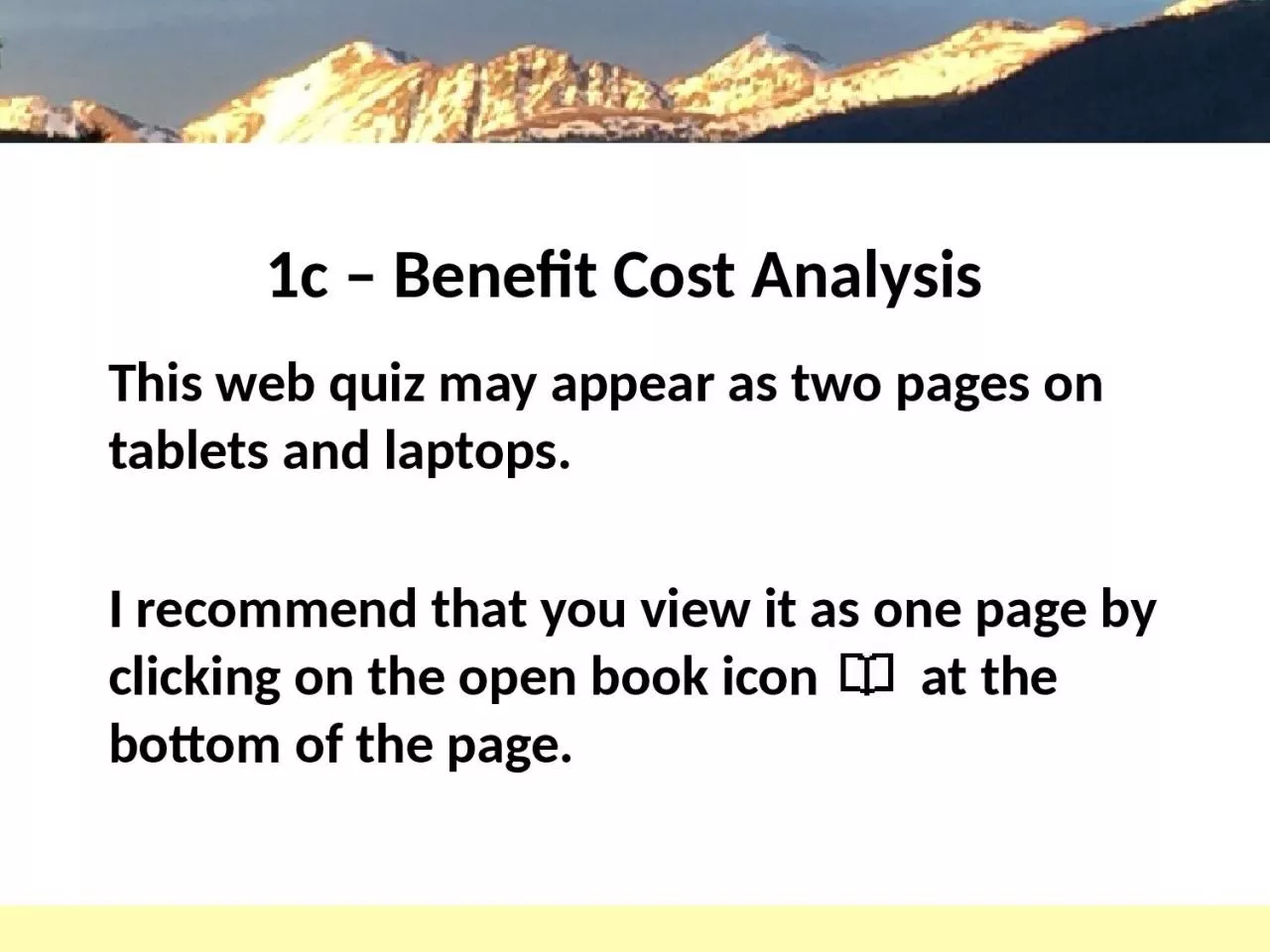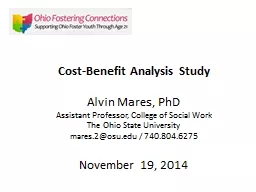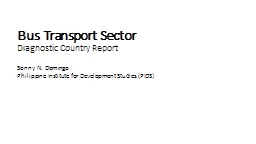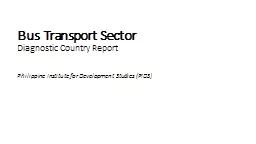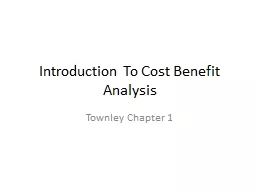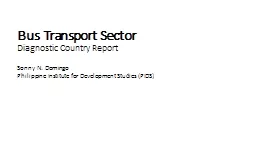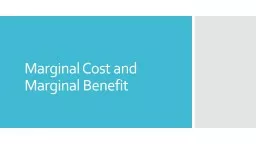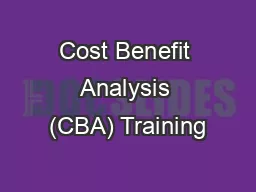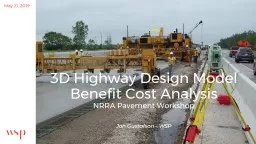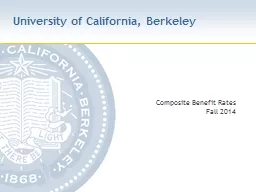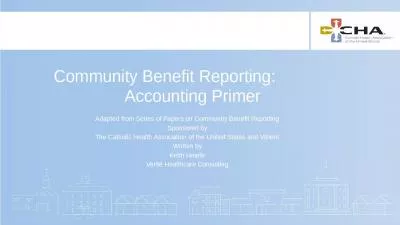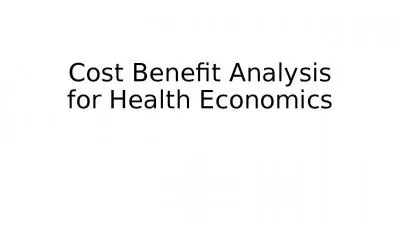PPT-1c – Benefit Cost Analysis
Author : reese | Published Date : 2023-11-03
This web quiz may appear as two pages on tablets and laptops I recommend that you view it as one page by clicking on the open book icon at the bottom of the page
Presentation Embed Code
Download Presentation
Download Presentation The PPT/PDF document "1c – Benefit Cost Analysis" is the property of its rightful owner. Permission is granted to download and print the materials on this website for personal, non-commercial use only, and to display it on your personal computer provided you do not modify the materials and that you retain all copyright notices contained in the materials. By downloading content from our website, you accept the terms of this agreement.
1c – Benefit Cost Analysis: Transcript
Download Rules Of Document
"1c – Benefit Cost Analysis"The content belongs to its owner. You may download and print it for personal use, without modification, and keep all copyright notices. By downloading, you agree to these terms.
Related Documents

